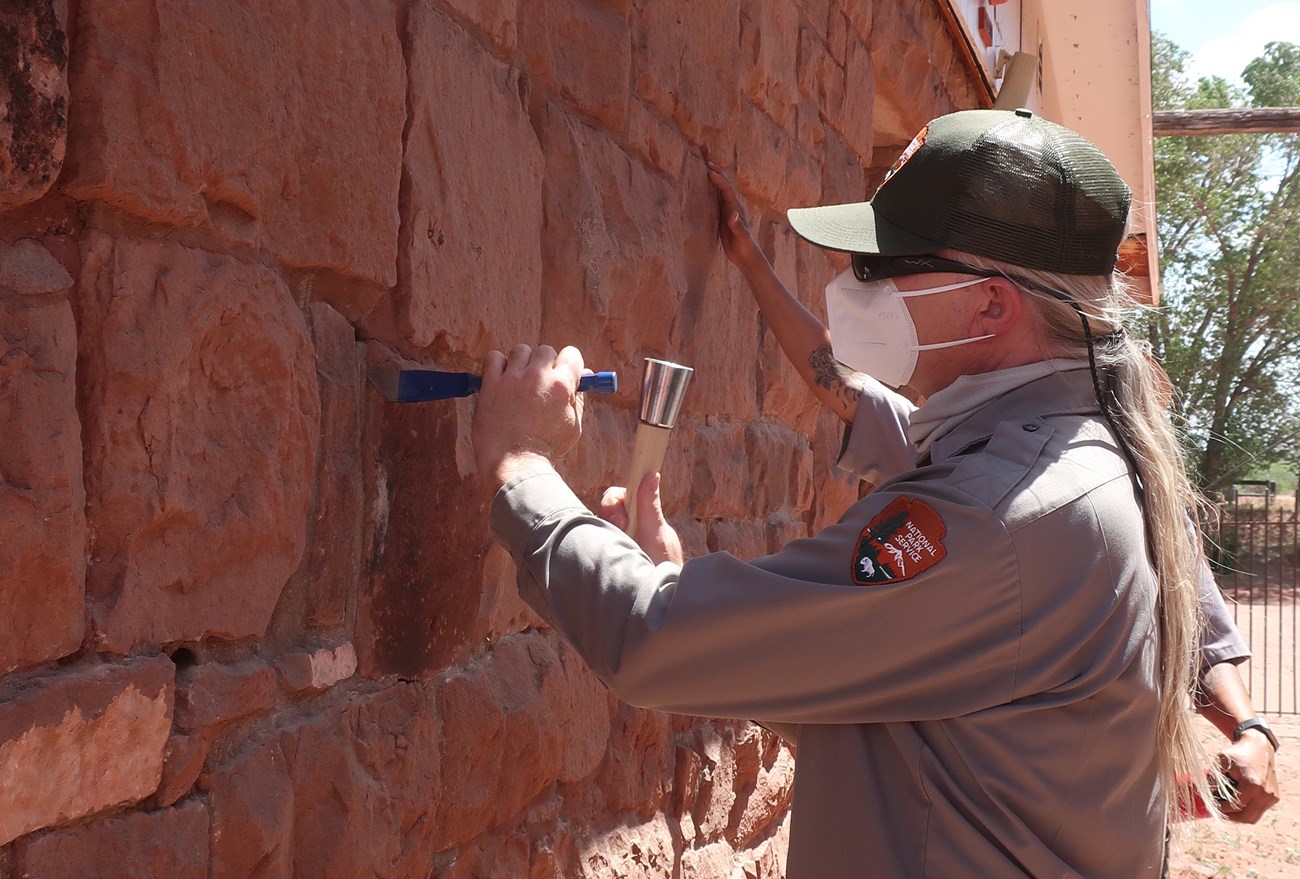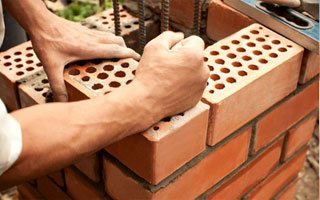Trustworthy Chimney Services: Upkeep and Fix Done Right
Trustworthy Chimney Services: Upkeep and Fix Done Right
Blog Article
Unlocking the Secrets of Lasting Stonework Building And Construction Practices for Eco-Friendly Buildings
Among the myriad methods to eco-friendly building, sustainable stonework building stands out as a reliable and durable technique that holds a wide range of untapped possibility. From the selection of products to ingenious building and construction strategies, the secrets to attaining sustainability within masonry construction are diverse and intriguing.
Advantages of Lasting Masonry Building And Construction
Welcoming lasting masonry building and construction practices not only reduces ecological effect yet additionally uses long-term financial benefits to home builders and areas. By using materials like recycled bricks, obstructs, and stones, home builders can substantially reduce the carbon footprint of their tasks while advertising resource efficiency. Furthermore, lasting masonry building and construction methods, such as correct insulation and thermal mass buildings, can boost energy effectiveness within buildings, bring about reduced operational prices gradually.
Furthermore, the resilience and durability of stonework structures add to lasting economic advantages. Buildings built making use of sustainable stonework practices frequently need much less maintenance and repair service, converting to cost financial savings for contractors and homeowner. The durability of stonework materials also makes sure that structures remain stable and safe, reducing the requirement for frequent remodellings or substitutes.
Eco-Friendly Masonry Materials
Utilizing green stonework products is an essential step in the direction of boosting the sustainability of building and construction techniques and lessening environmental impact while optimizing lasting economic advantages. Lasting masonry materials are sourced, produced, and made use of in a way that minimizes total ecological impact. Sustainable concrete obstructs integrate recycled aggregates and may feature improved insulation residential or commercial properties, contributing to energy performance in buildings.
Moreover, natural products like adobe, rammed earth, and straw bales give exceptional thermal mass buildings, minimizing the need for home heating and cooling power. These materials are frequently in your area offered, advertising local economic climates and reducing transportation-related carbon emissions. By picking environment-friendly masonry products, building and construction jobs can substantially decrease their ecological impact and add to the development of much healthier, much more lasting developed atmospheres.
Energy-Efficient Stonework Methods
Power performance plays an essential function in improving the sustainability of stonework building and construction methods. One crucial energy-efficient stonework technique is the More Help usage of thermal mass, which involves incorporating dense materials like concrete or block right into the building's structure to absorb and keep warm.

Developments in Lasting Stonework
Current innovations in sustainable stonework techniques have actually produced innovative strategies that are improving the building and construction market. One such innovation is the growth of self-healing concrete, which utilizes microorganisms embedded within the concrete to recover splits autonomously. This development not only lowers maintenance expenses but likewise boosts the toughness of masonry frameworks, adding to their sustainability.
Another significant innovation is the usage of recycled accumulations in masonry building - masonry contractor. By including materials such as smashed ceramic waste or recycled glass into concrete blends, contractors can lower the environmental effect of construction projects while maintaining architectural stability. This practice not only diverts waste from land fills yet likewise preserves all-natural resources, making it a crucial development in lasting stonework building
Additionally, the combination of digital layout devices, such as Structure Details Modeling find here (BIM), is revolutionizing the way masonry frameworks are planned and constructed. BIM enables more precise calculations, minimized material seal for stamped concrete wastefulness, and improved power effectiveness, eventually causing even more lasting structure techniques. These innovations jointly indicate an encouraging future for sustainable masonry building and construction in the age of environmentally friendly structures.
Future Trends in Masonry Sustainability
With the innovative strides made in sustainable masonry practices, the future patterns in stonework sustainability are positioned to more transform the building and construction industry. Among the vital fads forming the future of masonry sustainability is the enhanced integration of technology. Developments such as Building Details Modeling (BIM) and digital reality simulations are being used to optimize masonry construction processes, resulting in decreased material waste and boosted energy efficiency in structures.
Moreover, the advancement of novel lasting products is established to play a considerable role in boosting the eco-friendliness of masonry building and construction. masonry contractor. Advancements like self-healing concrete, recycled aggregates, and bio-based binders are obtaining traction for their capability to minimize ecological impact while keeping architectural integrity

Conclusion
Finally, sustainable masonry building practices offer many advantages for eco-friendly buildings. By making use of green products and energy-efficient techniques, masonry can contribute to a much more lasting built atmosphere. Advancements in sustainable masonry are constantly being created to better boost the environmental efficiency of structures. Looking towards the future, the pattern of masonry sustainability is expected to grow, causing even more ecologically pleasant and energy-efficient construction techniques in the years ahead.
Report this page